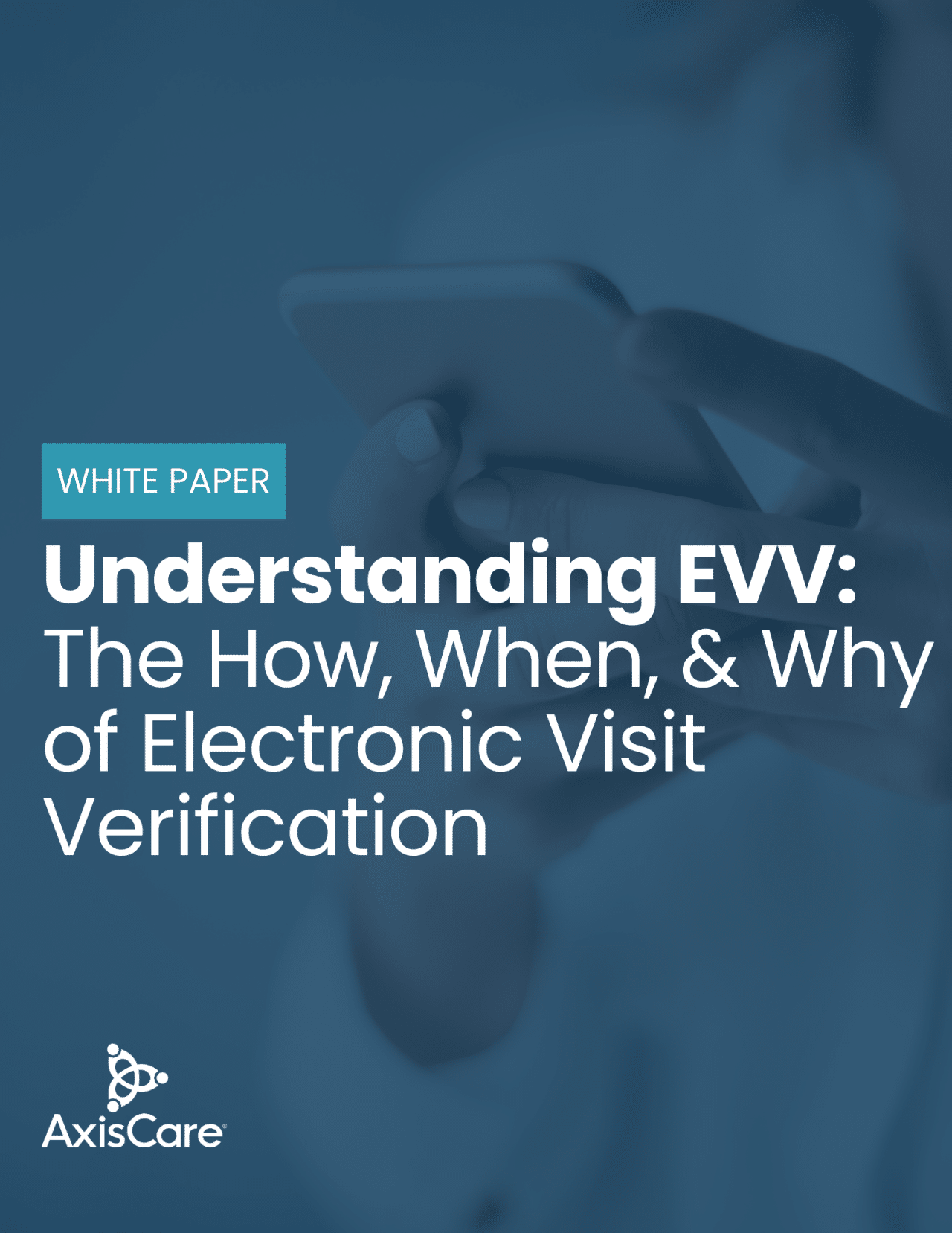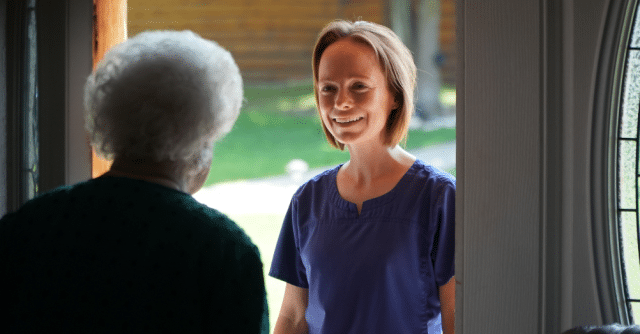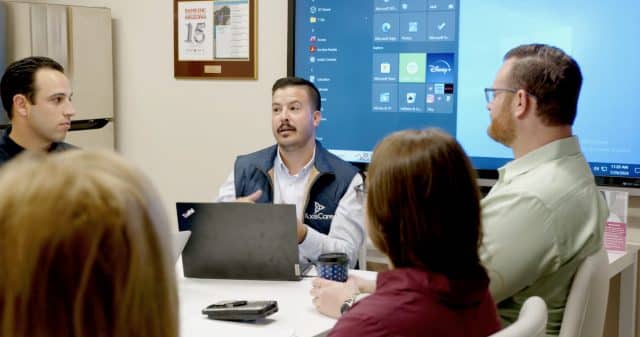Understanding EVV: The How, When, & Why of Electronic Visit Verification
White Paper
Being a home health care provider is nothing like working a traditional nine-to-five. Caregivers are on the road for most of the day, jumping between appointments based on a carefully coordinated schedule.
With so many variables at play, maintaining time sheets and ensuring accountability can be challenging – which is why the industry utilizes Electronic Visit Verification (EVV).
What is EVV? EVV software is utilized by home care agencies and their caregivers to electronically record the start and end times of home-based healthcare services. The 21st Century Cures Act mandates the use of EVV for health care provided at home or in the community, aiming to prevent fraud by verifying that the services billed for were actually rendered.
Download to continue reading…








